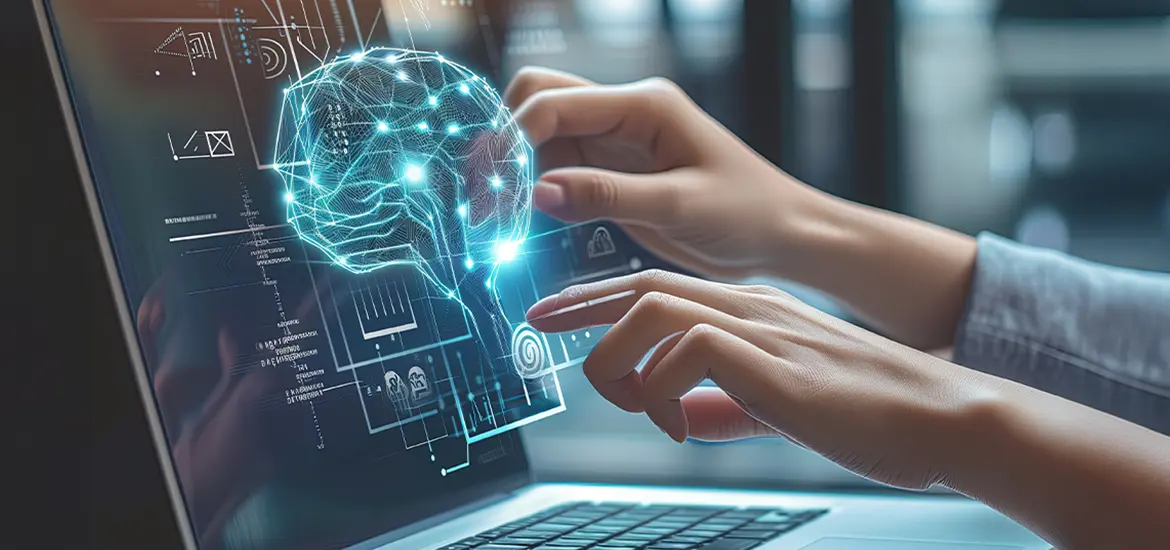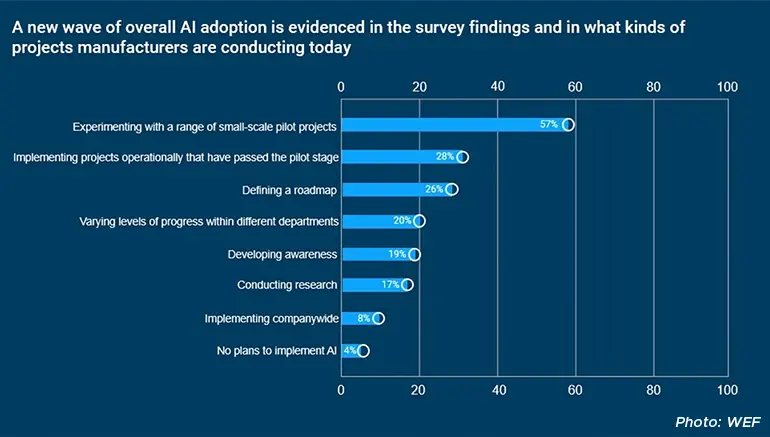Advanced manufacturers such as producers of industrial machinery or aircraft components are already adopting AI to deliver more intelligent manufacturing. This is not just about using new technology, it also involves company culture, empowered people and net zero commitments.
Other manufacturers could look to the experiences of these first movers to see how they’ve successfully tackled the challenges of using AI to transform manufacturing. These four examples show how scientific instrument manufacturer Agilent Technologies is using AI to transform manufacturing:
1) Predictive testing to improve performance
To help bring science to life, Agilent manufactures vital scientific and research instruments. We rely heavily on manual work to test our products. When inefficiencies in the production process caused us costly delays, we built a dedicated digital solutions team to design AI-based predictive and data-driven testing.
We deployed 250 industrial Internet of things (IIoT) stations that use AI algorithms to learn from previous test results, identify patterns and maintain automated tests. This helped us to shorten product testing time, improving the length of our work cycles by 23 per cent.
2) Improvement programmes for quality control
Customer expectations rise as technology advances and the assembly work of scientific instruments becomes much more complex. Normally, this increases labour costs and lowers efficiency, but using AI can increase flexibility when responding to changing customer demand. AI can support root cause analysis, natural language processing and time series modeling to identify the underlying causes of a quality shortfall faster and more accurately. At Agilent, we’ve used these AI-powered tools to reduce production downtime by 51 per cent.
3) Sample-based testing to reduce recycled waste
In response to a 2050 net zero emissions goal, and to ensure the workforce is Fourth Industrial Revolution (4IR)-ready, Agilent has a dedicated team that develops big data architecture and analytics. This multi-disciplinary squad uses AI to simplify test processes without compromising product quality.
Advanced machine learning algorithms help to rapidly analyse and identify ways to improve testing processes. As a result, Agilent has reduced recycled waste by 53 per cent and improved productivity by 31 per cent.
4) A ‘lights-out factory’ to improve testing
New market dynamics and technology trends are driving the need to future-proof highly complex manufacturing operations. To do this, Agilent has implemented the "lights-out factory" – a fully automated technology that runs product testing “in the dark”, that is with no human intervention.
This is enabled by a company culture focused on trust, respect and innovation, alongside training and development to help reshape human-machine collaboration.
A lights-out factory is not easy to implement in complex manufacturing. Agilent used robotics process automation and AI technologies to achieve sustainable production and overcome the bottlenecks that can arise with such a set-up.
Central to this is a comprehensive, harmonised IIoT with real-time instrument sensing for indoor positioning. Overall productivity has increased by 33 per cent as a result.









